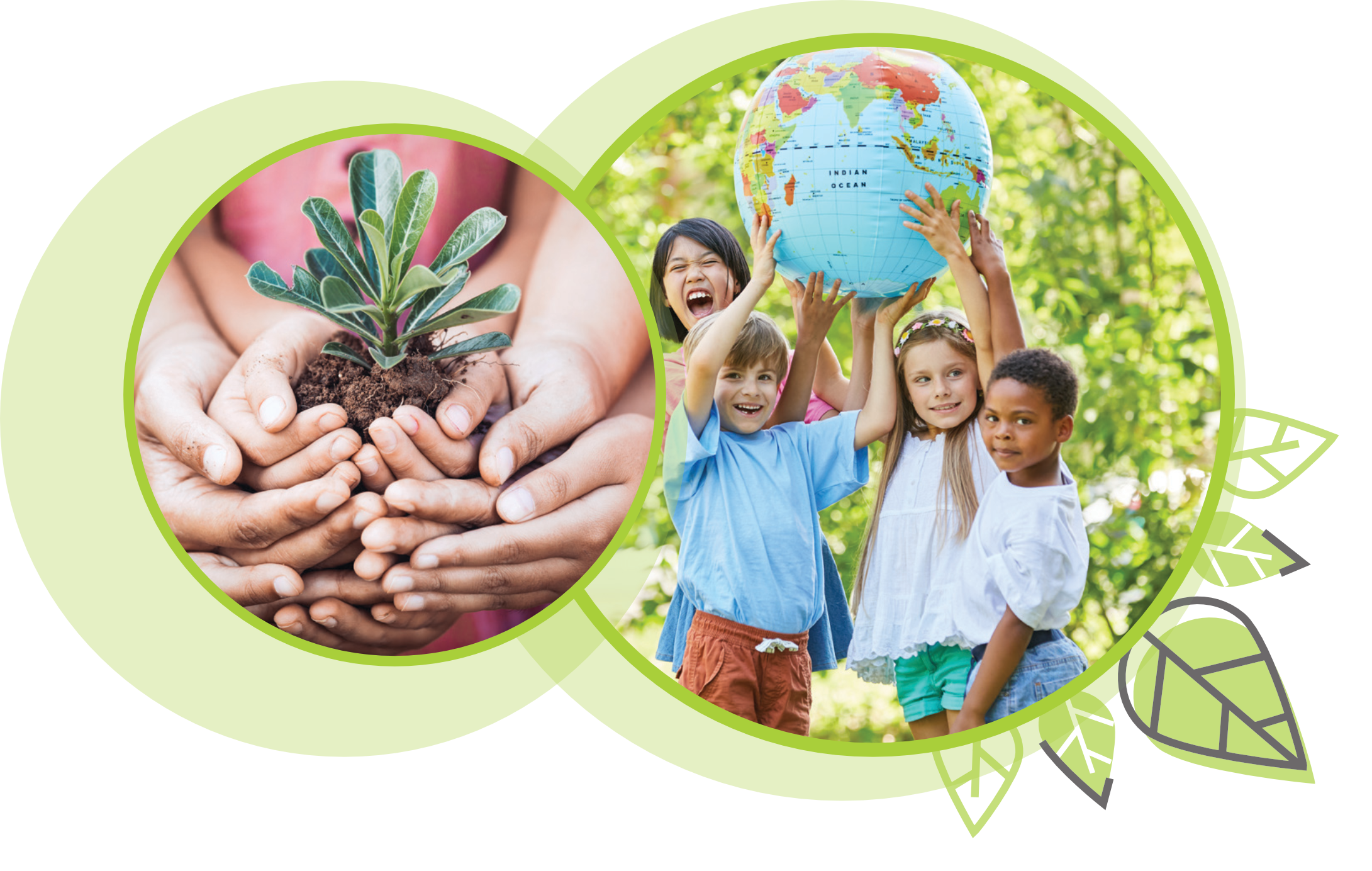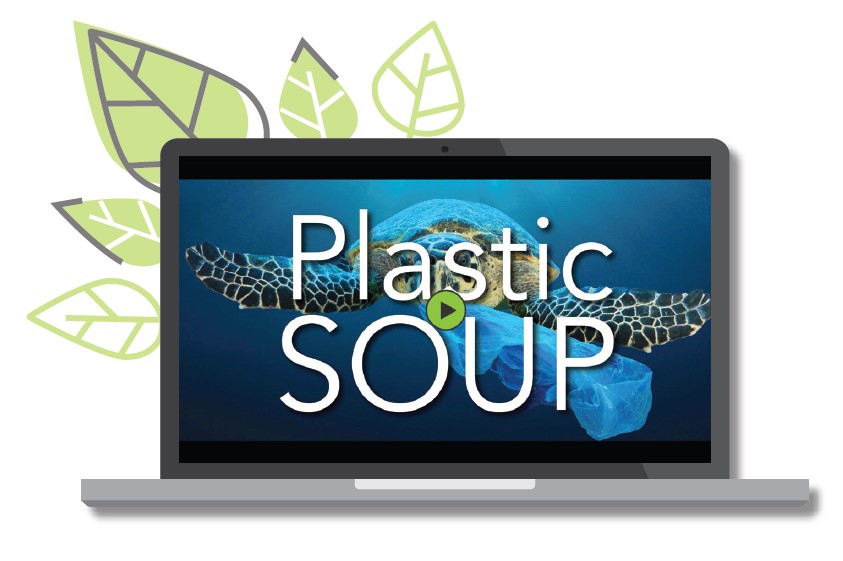
A 5th-grade teacher in New York uses One Step to make learning interesting and important for students.
Just outside of New York City in the suburbs of Orangetown, Jessica Seminelli, a 5th-grade teacher with an 11-year tenure, prides herself on the student-led constructivist approach she uses with her 42 students. Exploration is an intentional component of her classroom, and she wouldn’t have it any other way.
As an elementary school teacher, Seminelli teaches all subject areas, including science. She believes that student-centered learning that includes plenty of hands-on activities and projects is the key to heightened student engagement and long-term knowledge retention.
That’s why she took advantage of the opportunity to use the One Step climate science curriculum for grades 4–12. Seminelli was drawn to One Step because she was keenly aware of the extreme importance of real-world lessons and activities to address the current state of the world.
During her initial preview of the climate science supplemental program, Seminelli said that she was impressed at how well the website and app were put together. “It’s a beautiful site, with beautiful resources — everything was self-explanatory, making it really easy to navigate. I haven’t used a program this robust before.”

Context is Key — Making Science Content Relevant at an Early Age
 Seminelli highlighted that one of the unique attributes of One Step is that it is so topical — allowing students to see, hear, and learn about real-world problems happening right now.
Seminelli highlighted that one of the unique attributes of One Step is that it is so topical — allowing students to see, hear, and learn about real-world problems happening right now.
“Students really care about the environment,” she said. “And it’s also really important. I like that One Step has direct ties to their lives; that is very engaging for kids.”
“The more we teach [environmental and climate science] early, the more solutions we’ll have down the road,” she said, adding that these young students are going to be our primary advocates for the environment and will motivate older generations to follow suit. “Learning about the environment will matter to them for the rest of their lives.”
To Seminelli, the topic of climate science is not only fascinating but radically important. “As educators, we often try to find things that are both interesting and important, and [climate science] is one of those topics where it’s super engaging and super relevant to students’ lives [and futures]. Unfortunately, we don’t always get to teach things like that,” she admitted.
After presenting One Step videos to her students two to three times a week, Seminelli began to see the lasting effects play out beyond the four walls of the classroom. “When students are interested and engaged in a topic at school, they go home and talk about it,” she said, mentioning that One Step lessons lingered in the minds of the excited students who brought the conversations from class home to their families.”
A Flexible Program With Ample Resources
Seminelli explained that every year she teaches a mini-unit on atmospheric science that incorporates discussions on climate change; this made it easy and timely to integrate One Step into content she already had planned.
Because her district doesn’t have a set curriculum for science, Seminelli was attracted to One Step partly due to how much of the standards-based materials and lessons were already created, relieving her of the job of piecing together science lessons as she’d done in the past using multiple resources such as YouTube or BrainPOP.
“I thought, if I’m already teaching these standards, and this [One Step] matches a lot of the standards I’m using, I might as well use something that exists,” Seminelli explained. “Everything is in one place; there are a lot of resources, so I could sort of pick and choose as I wanted to. That was really helpful.”
Seminelli mentioned that she isn’t a fan of some science programs that dictate a strict sequence, making One Step that much more attractive. The multitude of ways in which she could incorporate elements from One Step’s vast library of offerings, including activities, shorter or longer videos, and projects, allowed her the real-time flexibility she appreciates.
“I like that there are different length videos. So if I had more or less time I could kind of pick and choose as I needed to and I didn’t have to follow every single aspect of a lesson plan.”
Seminelli also offered that, while some of the content might be more appropriate for secondary students, she was still able to use some of the shorter videos and lessons to give her students a taste of the more advanced content. “I was able to match [components of One Step] to what my students were interested in, and based it on their instructional level. Exposing them to these issues at a younger age is really helpful and important.”
Engaging Students Through Fun Videos and New Content
Seminelli’s students thought the One Step videos were really fun, and they were drawn to the energy and presentation of One Step hosts, Laura May and Joshwayy. “Any time they can listen to someone else [besides me] talk and get excited, makes me happy,” she laughed.
Her students also found the content itself interesting, exposing them to new topics they hadn’t learned about in the classroom before. “They were talking about the videos after the fact,” Seminelli said. “Which I think is always a really good sign.”
Seminelli was able to further engage student interest and build the home-school connection by sending home activities such as the Energy Pledge. “I heard from parents that students were excited to talk about the things they were learning,” she said. “Overall, it was the One Step videos that made a lasting impression. “[Students] were super into them.”
According to Seminelli, two particular class favorites were the video lessons Biogas: From Cow Dung to Car Fuel and Plastic SOUP.
“The video on biogas generators — my kids were super intrigued with those because that’s something they’d never heard of before,” she shared, adding “I loved the real-world tie in.”
“We do a lot of project-based learning, so it’s nice to have a program that is geared around projects,” Seminelli said. “Because climate science is so new, a lot of curricula don’t have as much available for it. We just don’t have as many resources available that are so up-to-date and so relevant. So it’s nice to have something that is really pertinent to their lives. It’s fresh and it’s connected to current events.”

The Future of Curricula Is Tech-Driven
Seminelli is optimistic about students using the app-based elements of One Step on their own down the road, such as the carbon tracker. “My kids are so tech-savvy,” she expressed. “After the pandemic, they can do everything.” But she is committed to properly setting them up with expectations and getting parents involved.
“We have really great parents in my district who are so on board with the initiatives we take,” she stated. “I think they’d be happy to support more of that [with One Step] and encourage using the carbon tracker in their household.”
Seminelli believes that programs like One Step are more pertinent to K–12 education than some of the more outdated curricula that are typically offered. The online, intuitive elements of One Step make her life easier as an educator while engaging students on their level.
“It’s a really beautifully-designed, easy-to-use program that is important, and I’d be happy to use it again,” she said with conviction. “I enjoyed accessing it, and I think it has a lot of potential. It’s so intuitive. It’s nice to have something all web-based, not having to lug around books. I could access it remotely if I needed to. Kids also had access to it. All of those components are so important now, especially as we rely more heavily on technology in our classrooms.”
“I could easily see it [One Step] being used to supplement any science lesson out there. I would love to see it implemented as a school-wide initiative, making it more actionable.”



